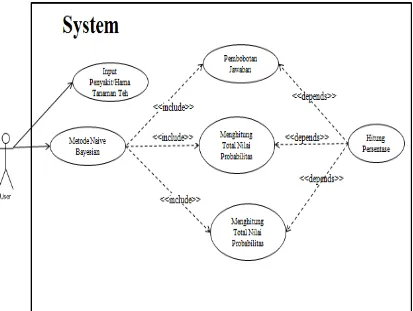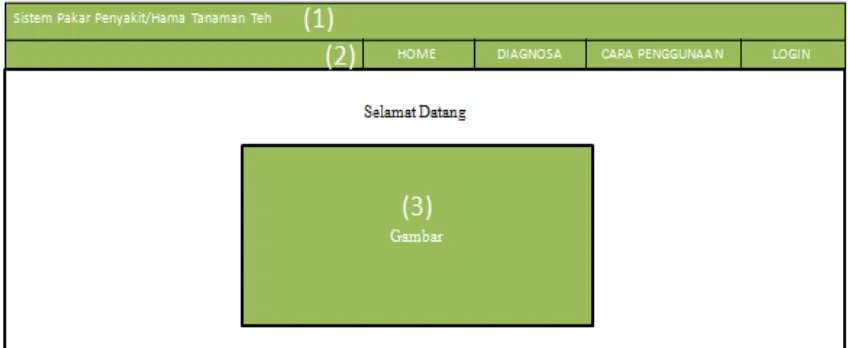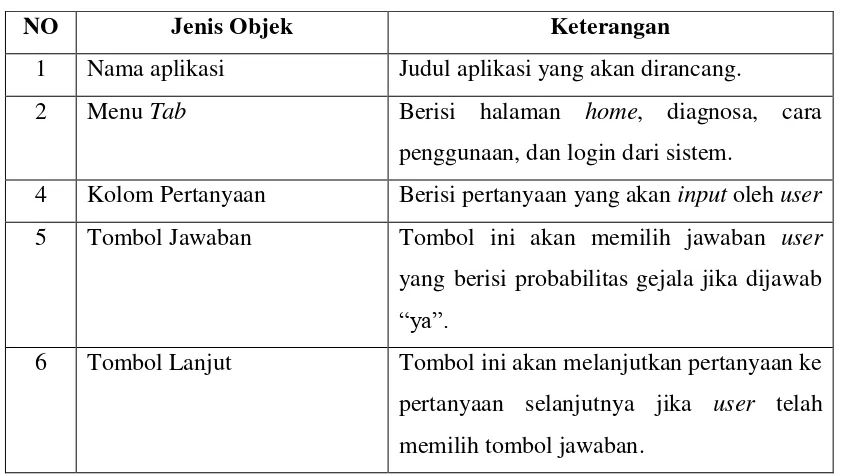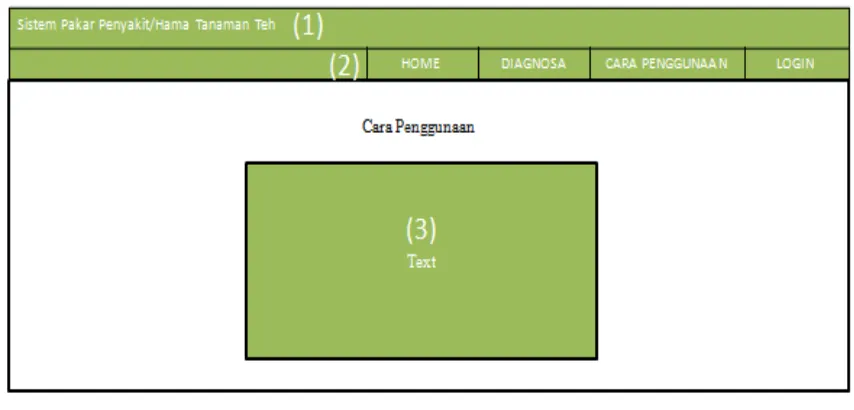Ringkasan Dokumen
I. Introduction: Background and Problem Statement
This section establishes the context for the research by highlighting the significance of tea cultivation in Indonesia and the economic challenges posed by plant diseases and pests. It emphasizes the need for an effective diagnostic system to improve the quality and productivity of tea plants. The section clearly defines the problem: the lack of a readily available and user-friendly system for diagnosing tea plant diseases and pests. This sets the stage for the proposed solution – a tea plant disease/pest diagnostic expert system utilizing Naïve Bayesian and Backward Chaining methods. The pedagogical value lies in illustrating the application of AI techniques to address a real-world problem, prompting students to consider the societal impact of their technological pursuits.
II. Literature Review: Artificial Intelligence, Expert Systems, Tea Plant Diseases and Pests, Naïve Bayesian, and Backward Chaining
This section provides a comprehensive overview of the relevant literature, covering key concepts in artificial intelligence (AI), particularly expert systems. It delves into the structure and components of expert systems, including knowledge bases, inference engines, and user interfaces. The review explores the strengths and weaknesses of expert systems, outlining their applications and limitations. The section further details specific AI techniques such as the Naïve Bayesian method (with its mathematical underpinnings and applications to classification problems) and the Backward Chaining inference method. Finally, it discusses tea plant diseases and pests, emphasizing their impact on tea production and the importance of early diagnosis and effective control strategies. The academic value here lies in understanding the theoretical foundations of AI and its application in a specific domain, training students to critically analyze existing research and identify gaps that their work can address.
III. System Analysis and Design: Problem Analysis, System Requirements, and System Modeling
This section details the systematic approach to designing the expert system. The problem analysis section clearly identifies the challenges of implementing Naïve Bayesian and Backward Chaining in a tea plant disease/pest diagnostic system. This is followed by a thorough analysis of system requirements, both functional (e.g., diagnostic capabilities, user interaction, result presentation) and non-functional (e.g., user-friendliness, scalability, maintainability). The system modeling section employs various diagrams (use case, activity, and sequence diagrams) to visually represent the system's workflow, data flow, and interaction between components. This provides a detailed blueprint of the system architecture, crucial for understanding the design process. Pedagogically, this section demonstrates the importance of systematic analysis and design methodology in software development, training students to create well-structured and documented systems.
IV. System Implementation and Testing: Manual Calculations, System Testing, and Results
This section describes the implementation of the expert system using PHP and MySQL. It includes a detailed account of the manual calculation process using the Naïve Bayesian method, illustrating how the system performs probabilistic calculations. The testing phase is also documented, focusing on black-box testing methods to assess the functionality of the system’s interface and its ability to handle various user inputs. Results of testing are presented, showcasing the accuracy of the system's diagnoses. This section is crucial in demonstrating the practical application of the design. The pedagogical implication is that students understand the complete development cycle of a project, from design to implementation and thorough evaluation.
V. Conclusion and Recommendations: Summary of Findings, Future Enhancements
The conclusion section summarizes the key findings of the research, emphasizing the successful implementation of the Naïve Bayesian and Backward Chaining methods in the expert system. It reiterates the system's ability to provide accurate diagnoses of tea plant diseases and pests and offer effective control strategies. The recommendations section proposes several potential enhancements, such as the incorporation of additional AI methods (e.g., forward chaining, certainty factors), the expansion of the knowledge base with more data on tea plant diseases and pests, and improvements to the user interface for enhanced user-friendliness. These recommendations highlight avenues for future research and development and encourage students to consider continuous improvement and innovation in their work.









